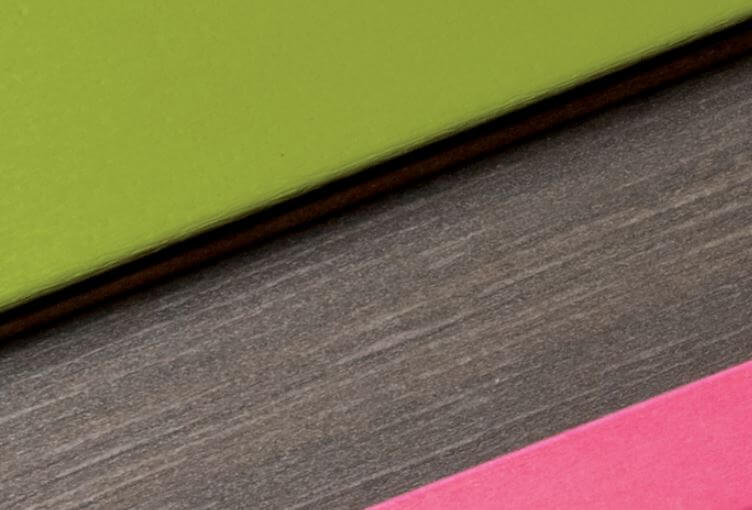Understanding How HDPE Is Recycled

Want to learn how HDPE is recycled? High-density polyethylene (HDPE) is a plastic that has a wide range of uses, including bottles, bins, shopping bags, pipes, and more. Sturdy plastic lumber that is fit for outdoor environments is also primarily made of HDPE that companies have recycled from the aforementioned products. To attain an understanding of how HDPE is recycled, you can read this outline of the general process that HDPE undergoes as it gains a second life.
Sorting and Cleaning
When recycling companies receive used plastic items, they must first separate them based on how thick they are, as this changes the kinds of machines that can work with it. To illustrate, plastic bags may not be able to run through the same equipment as bottles because their thinness makes them susceptible to getting stuck in the large moving components. Additionally, the plastic must be free of all residual substances. Otherwise, this will negatively affect the composition of the recycled plastic. The recycling companies, therefore, thoroughly clean plastics before continuing on.
Homogenization
After these initial stages, the plastic may undergo homogenization if it is not purely comprised of HDPE. Homogenization separates out the HDPE products and pieces so that any other plastics that they were mixed with do not inhibit HDPE-specific recycling. Recycling companies may carry out homogenization with several methods. For instance, they can isolate PET plastic from HDPE through sink-float separation, where the different densities of these materials will have them float at different levels in a liquid. They could also differentiate between HDPE and other plastic items by hitting them with infrared radiation and finding their unique near-infrared (NIR) signatures.
Granulation
With the HDPE properly removed from other plastics and debris, it then undergoes granulation. Here, machines shred the HDPE and melt it down before reforming it into uniform granules. These pellets are the basic building blocks of recycled products. To create a product like plastic lumber out of them, a company must combine many pellets together by mixing them at high temperatures and molding them into a new form. Along the way, these manufacturers may also add other substances to make the items more durable and otherwise fit for their purpose.
Now that you’ve read this post on understanding how HDPE is recycled, you may be interested in supporting these efforts by incorporating reused HDPE in your work. For recycled plastic landscape timbers and plastic lumber products made for other applications, contact Tangent.












